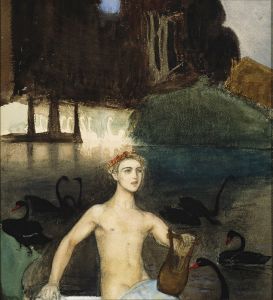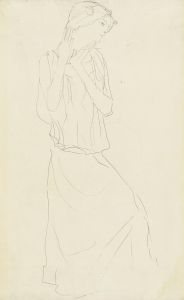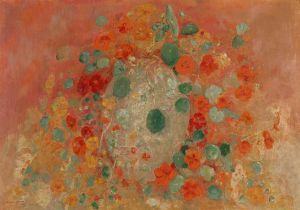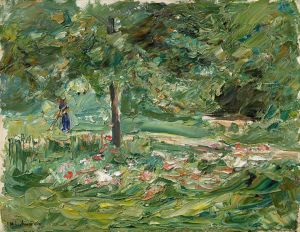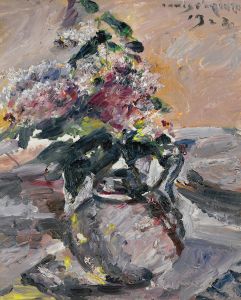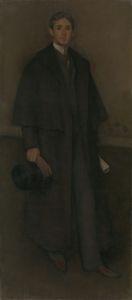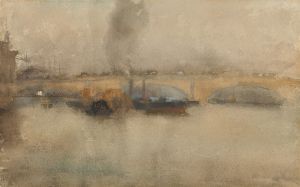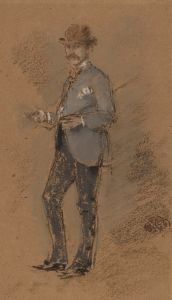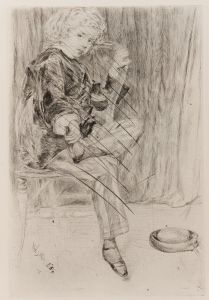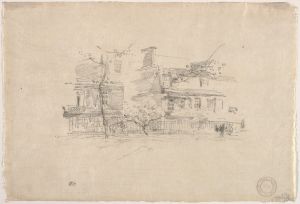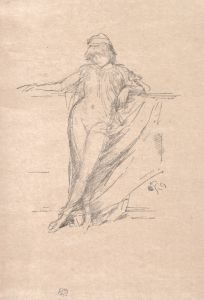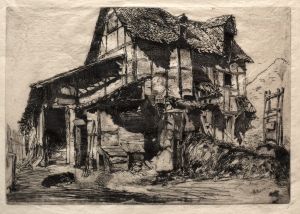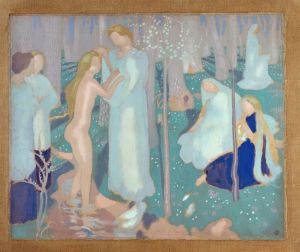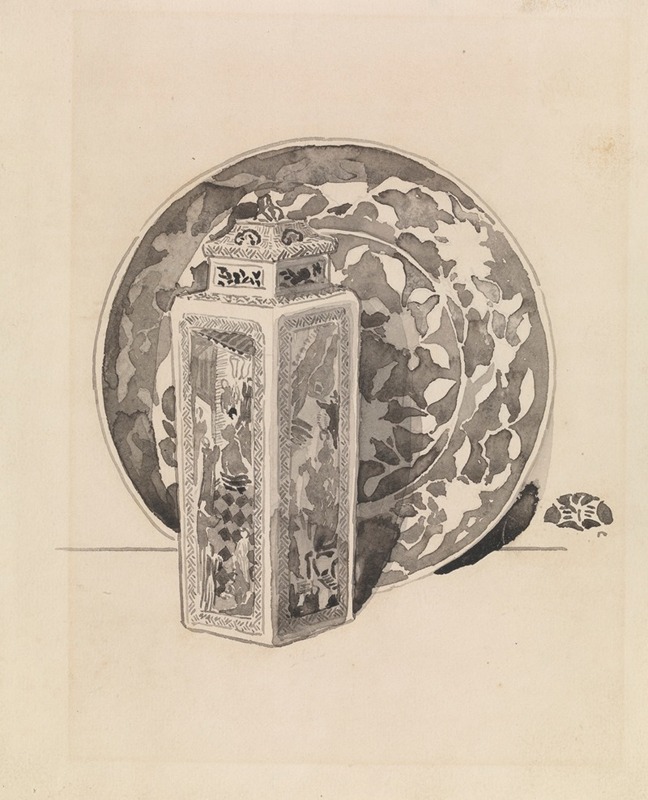
Still life
A hand-painted replica of James Abbott McNeill Whistler’s masterpiece Still life, meticulously crafted by professional artists to capture the true essence of the original. Each piece is created with museum-quality canvas and rare mineral pigments, carefully painted by experienced artists with delicate brushstrokes and rich, layered colors to perfectly recreate the texture of the original artwork. Unlike machine-printed reproductions, this hand-painted version brings the painting to life, infused with the artist’s emotions and skill in every stroke. Whether for personal collection or home decoration, it instantly elevates the artistic atmosphere of any space.
James Abbott McNeill Whistler, an American artist active during the late 19th century, is renowned for his contributions to the Aesthetic Movement and his influence on the art world through his innovative approach to painting and design. While Whistler is best known for his portraits and atmospheric landscapes, particularly his famous work "Whistler's Mother," his oeuvre also includes still life paintings, though they are less frequently discussed.
Whistler's approach to still life was consistent with his broader artistic philosophy, which emphasized harmony, composition, and the subtle arrangement of color and form. His still life works, like his other paintings, often reflect his belief in "art for art's sake," a principle that suggests art should be appreciated for its beauty and composition rather than its narrative content or moral message.
One of Whistler's notable still life paintings is "Purple and Rose: The Lange Leizen of the Six Marks" (1864), which, while primarily a portrait, incorporates elements of still life through the inclusion of carefully arranged objects. This painting exemplifies Whistler's interest in Asian art and design, featuring a model dressed in a kimono surrounded by porcelain and other decorative items. The arrangement of these objects demonstrates Whistler's skill in composition and his ability to create a harmonious balance between the figure and the surrounding elements.
Whistler's still life works are characterized by their refined color palettes and attention to detail. He often employed a limited range of colors to create a sense of unity and balance within the composition. This approach is evident in his use of subtle tonal variations and delicate brushwork, which contribute to the overall aesthetic quality of the paintings.
In addition to his paintings, Whistler's interest in still life is also reflected in his etchings and lithographs. These works often depict everyday objects with a focus on line and form, showcasing his technical skill and keen eye for detail. Whistler's ability to capture the essence of an object through minimalistic means is a testament to his mastery of various artistic techniques.
While Whistler's still life paintings may not be as widely recognized as his portraits or landscapes, they nonetheless play an important role in his body of work. They reveal his versatility as an artist and his commitment to exploring different genres and styles. Through his still life compositions, Whistler was able to experiment with form, color, and composition, further solidifying his reputation as a pioneering figure in the art world.
Overall, Whistler's contributions to the genre of still life, though not as extensively documented as other aspects of his career, reflect his broader artistic goals and his dedication to creating works of beauty and harmony. His still life paintings and prints continue to be appreciated for their aesthetic qualities and their place within the larger context of his artistic legacy.





